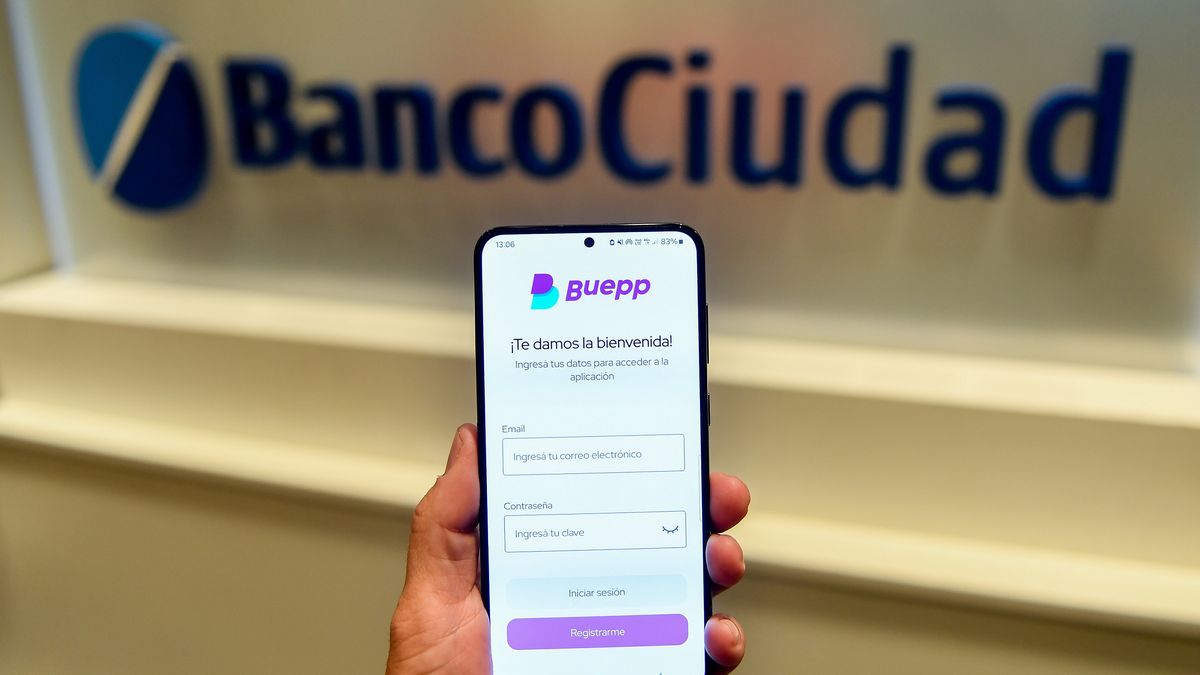In the next few weeks, the cellular standard known as UMTS or 3G will go offline in Germany. Here you can find out why this is so – and what you should do about it.
It was to be the breakthrough of the mobile internet. When the frequencies for the modern UMTS mobile radio standard were auctioned in 2000, the German telecommunications companies fought a real bidding battle and made the heart of the then Finance Minister Hans Eichel cheer. Now the end is imminent: In the next few weeks Telekom, Vodafone and Telefónica will shut down the last transmission masts. We explain why this is so. And whether you have to look around for new smartphones or data plans.
The end of the technology, also known as 3G, has been sealed in Germany for a long time. For almost two years now, the major network operators have been planning to slowly pull the plug on the standard. Since spring, individual regions have been taken off the grid on a trial basis. Now things are getting serious: In the night of Thursday, Telekom and Vodafone will switch off the rest of their entire 3G network, and Telefónica will also switch off the next few months. The providers inform their customers of the shutdown in letters. And so create a lot of uncertainty.
“Many are simply insecure”
“We have already received numerous inquiries about switching off,” confirms Michael Gundall from the Rhineland-Palatinate consumer center. As in parts of Hesse, Telekom and Vodafone have already shut down the UMTS network in some regions. “Most of them are simply unsure whether they will lose cellular reception on their smartphones and now need a new device or a new contract.”
Of course, the shutdown does not mean the end of the mobile Internet. The 3G successor LTE will remain with us, as will the future technology 5G. Even the UMTS predecessors are still online: As a so-called fallback solution, 2G technologies such as Edge should continue to provide reception where LTE and 5G currently do not offer sufficient coverage.
That is why it is switched off
In fact, the shutdown serves to bolster the newer technologies. With the release of the UMTS frequencies for the successor standards LTE and 5G, there is more space in the bulging radiation spectrum. “The freed up frequencies will be used afterwards for these more powerful standards,” explains Telekom spokesman Georg von Wagner to the stern. “This means that not only will more smartphones be supplied at the same time in the future – the speed when surfing via 4G / LTE and 5G will also increase again.”
The consumer advocates also believe that UMTS will no longer affect very few customers. “As a rule, consumers do not have to worry. Smartphones bought in recent years all support LTE, the last ones that only rely on UMTS are many years old,” explains Gundall. “The more common problem is more likely to be an older mobile tariff that does not yet contain LTE.” As a rule, however, the providers would offer a change to a suitable tariff, either on their own initiative or at the customer’s request.
You do not have to worry about high costs because of the change: “In recent years prices have fallen sharply, many consumers could save more money with a new tariff.” However, customers should be careful not to be talked into unnecessarily expensive tariffs with far too much data volume, warns Gundall. If you only go online via WiFi at home and only make phone calls when you are out and about, you don’t even need a new tariff: Telephony also works without 3G, even occasional WhatsApp messages and e-mails can be accessed using the older standards.
LTE left UMTS behind for a long time
The fact that UMTS can be switched off so easily is also due to the fact that the network is hardly used any more. In fact, the traffic in the old UMTS network had steadily decreased in recent years, which the provider confirmed at the request of the stern. At Telekom, less than one percent of the data connections run via UMTS, at Vodafone it is almost 1.5 percent and at Telefónica they are part of the less than three percent connections that are not made via LTE. “This is also due to the very good expansion of the LTE networks in recent years,” explains Hakan Ekmen. He heads the Umlaut company, which uses complex procedures to test the networks of the major providers. Your test devices log in less and less with a connection via UMTS. “3G still played a role for a while when no LTE network had yet been expanded,” he explains. “Today this is only very rarely the case.”
Although most consumers understandably initially think of cell phones and mobile computers such as tablets as affected devices, other products are likely to be affected much more often. While LTE has long since made its way into cell phones, many other devices connected via radio networks, such as alarm systems or navigation devices, often still rely on a UMTS connection. Here, too, Gundall does not expect any dramatic effects. “These devices actually all also support the older 2G standard,” he says. “And he can still be reached.”
David William is a talented author who has made a name for himself in the world of writing. He is a professional author who writes on a wide range of topics, from general interest to opinion news. David is currently working as a writer at 24 hours worlds where he brings his unique perspective and in-depth research to his articles, making them both informative and engaging.




